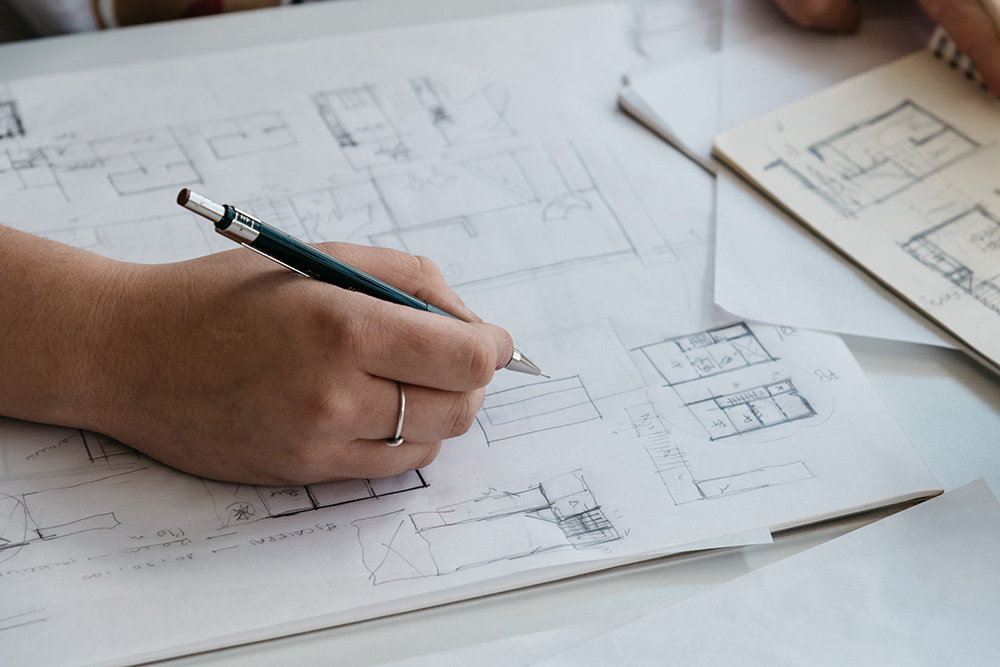Sustainable architectural services play a vital role in the creation of green-certified buildings, which are designed to minimize environmental impact and promote energy efficiency. These services are focused on integrating eco-friendly practices into the planning, design, construction, and operation of buildings. A green-certified building adheres to established standards that assess its sustainability across various factors, such as energy consumption, water efficiency, material use, and indoor environmental quality. Achieving green certification, such as LEED or other similar systems, requires a careful balance of design principles, innovative technologies, and a commitment to reducing the ecological footprint of the building throughout its lifecycle. One of the core aspects of sustainable architectural services is energy efficiency. Architects and designers work closely with engineers to create buildings that use renewable energy sources, such as solar panels, wind turbines, and geothermal systems, to minimize dependency on fossil fuels. Energy-efficient design also involves strategic planning for optimal insulation, natural lighting, and ventilation, which can significantly reduce the need for artificial heating, cooling, and lighting. These features help to lower operational costs and contribute to a reduced carbon footprint.

Water conservation is another key focus of sustainable architectural services. By integrating water-efficient technologies such as rainwater harvesting systems, low-flow fixtures, and greywater recycling, architects ensure that buildings use water resources wisely. In addition, sustainable buildings often incorporate landscaping strategies that use drought-resistant plants or native species, reducing the need for excessive irrigation. These water-saving strategies help to conserve vital resources and lower utility bills for the building’s occupants. Materials selection is a critical consideration in sustainable architecture. Designers opt for locally sourced, recycled, and non-toxic materials that have a minimal environmental impact. For example, using sustainable timber, recycled steel, or low-VOC volatile organic compound paints contributes to reducing the building’s overall environmental footprint. The use of durable materials that have a long lifespan also minimizes the need for frequent repairs or replacements, thus reducing waste and resource consumption over time. Indoor environmental quality is essential to the health and well-being of the occupants.
Sustainable architectural services focus on maximizing natural light, ensuring proper ventilation, and using non-toxic finishes that improve air quality. These factors not only enhance the comfort of the building’s users but also reduce the need for mechanical systems that could increase energy consumption. Additionally, incorporating biophilic design elements, such as green walls or indoor plants, can further improve indoor air quality and create a more pleasant and productive environment for building occupants. Another important aspect of sustainable architecture is the overall site planning and the integration of the building into its natural surroundings. This involves assessing the site’s environmental conditions and designing the building to work with, rather than against, its environment. For example, sustainable architects may orient a building to take advantage of passive solar heating or use natural shading techniques to reduce the need for air conditioning. By considering factors such as local climate, site topography, and natural resources, these architects ensure that the building complements its surroundings, promoting ecological balance and sustainability.
